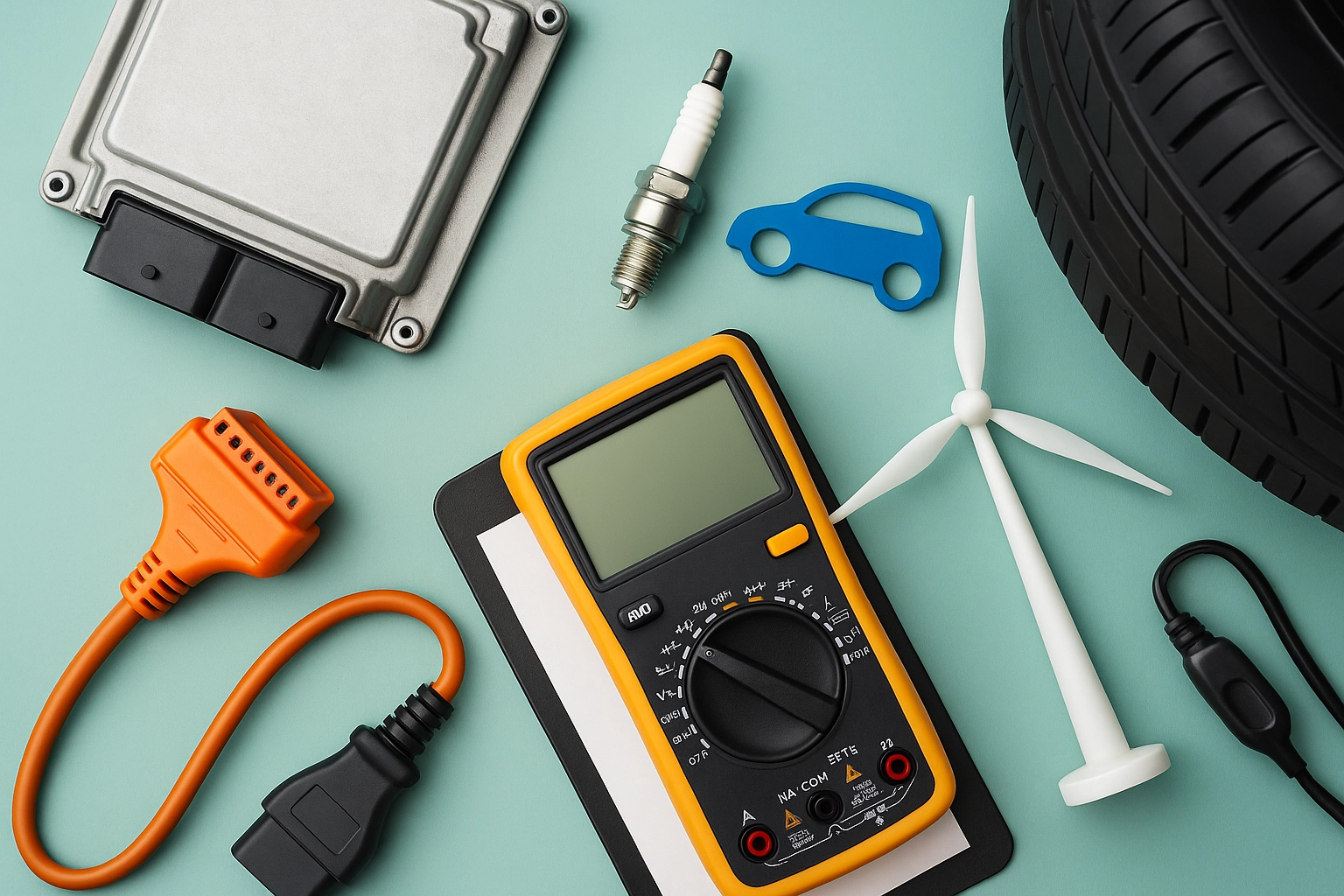SAE J2929 EV Battery Safety Test
The SAE J2929 electric vehicle (EV) battery safety test is a critical procedure that ensures the robustness and reliability of lithium-ion batteries used in electric vehicles. This test evaluates the safety performance of these batteries under various stress conditions, including thermal, mechanical, electrical, and chemical stresses. The primary goal is to prevent potential hazards such as overheating, short circuits, or explosions that could compromise vehicle safety and operator well-being.
The SAE J2929 standard was developed by the Society of Automotive Engineers (SAE) to address the growing demand for safer EV batteries in a rapidly evolving industry. This test is essential not only for compliance with regulatory standards but also for enhancing brand reputation through demonstration of superior product safety and performance.
The test protocol involves subjecting battery packs or modules to a series of controlled environmental conditions designed to replicate real-world scenarios that could lead to failure. These include overcharge, over-discharge, short circuit, crush, vibration, and thermal abuse. Each condition is meticulously monitored using high-precision sensors and data logging systems to ensure accurate and repeatable results.
The SAE J2929 test is particularly important for electric vehicles where the battery pack represents a significant portion of the vehicle’s weight and cost. Ensuring that these batteries perform reliably under stress conditions is crucial for the overall safety and longevity of the EV.
Testing protocols are designed to simulate real-world scenarios, making them highly relevant and practical for manufacturers looking to improve their product quality and safety standards. By adhering to this test protocol, companies can demonstrate their commitment to safety and compliance with international standards.
Scope and Methodology
| Test Condition | Description | Data Collection |
|---|---|---|
| Overcharge Test | Battery is subjected to a charging condition beyond its nominal capacity. | Temperature, voltage, and current are monitored continuously. |
| Over-discharge Test | Battery is discharged below its minimum operational limit. | Same as overcharge test. |
| Short Circuit Test | Battery terminals are connected directly without a load, simulating a short circuit scenario. | Current draw and temperature rise are recorded. |
| Crush Test | Battery is subjected to mechanical pressure using specific equipment. | Pressure applied, deformation, and integrity of the battery casing are monitored. |
| Vibration Test | Battery is exposed to controlled vibrations to simulate road conditions. | Vibration levels and battery performance are recorded. |
| Thermal Abuse Test | Battery is heated beyond its operational limits using a thermal chamber. | Temperature, internal resistance, and cell voltage are monitored continuously. |
The methodology ensures that the test results are comprehensive and provide actionable data for improving battery designs. Each condition is designed to identify potential weak points in the battery structure or chemistry, allowing manufacturers to address these issues proactively.
Why Choose This Test
The SAE J2929 test provides a standardized approach to evaluating EV battery safety, ensuring consistent and reliable results across different manufacturers and models.
This test helps in identifying potential hazards early in the development process, allowing for corrective actions before product release.
By adhering to this protocol, companies can enhance their compliance with international standards such as ISO 16750-2 and SAE J2929 itself.
The test is designed to simulate real-world conditions, making it a valuable tool for assessing the durability and reliability of EV batteries in various environments.
Choosing this test ensures that manufacturers can confidently demonstrate their commitment to safety and quality, which is increasingly important as electric vehicles gain market share. Compliance with such stringent testing protocols also enhances brand reputation and customer trust.
Customer Impact and Satisfaction
Customers benefit from safer and more reliable EVs, reducing the risk of accidents and recalls due to battery failures.
The increased reliability of batteries can lead to extended vehicle lifespans, reducing overall maintenance costs for consumers.
Compliance with this test enhances market credibility and customer trust, leading to higher satisfaction levels among end-users.
In addition to these direct benefits, the SAE J2929 battery safety test also supports the broader automotive industry by promoting innovation and standardization. This ensures that all EVs meet a high bar for safety and performance, contributing to a safer and more sustainable future in transportation.





